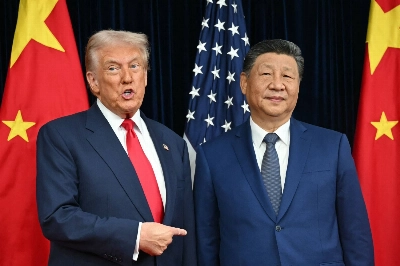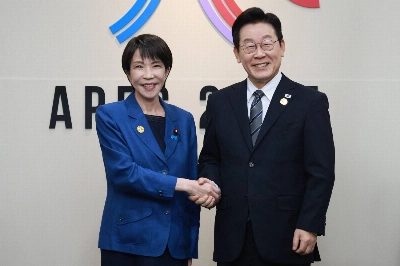Hyperbole is not unusual to describe meetings of heads of state. Yet the visit of Indian Prime Minister Manmohan Singh to the United States marks a genuine departure in relations between those two countries. The U.S. agreement to help India secure international assistance with its civilian nuclear-energy program is proof that Washington and Delhi have reached a new understanding.
Yet the willingness to aid India's nuclear program challenges the Nuclear Nonproliferation Treaty (NPT), and both sides must be careful to avoid excessive expectations. The two countries have their own priorities and needs. Neither party can "use" the other for its own purposes.
When U.S. President George W. Bush took office in 2001, one of his goals was to transform U.S. relations with India, a nation that was laying the foundation as a future global power. The end of the Cold War and India's economic resurgence provided the opportunity for India to play a larger role on the international stage. Washington was happy to encourage that process as Indian democracy was aligned with U.S. interests and because the U.S. anticipated that India would serve as a strategic counterweight to China.

















With your current subscription plan you can comment on stories. However, before writing your first comment, please create a display name in the Profile section of your subscriber account page.